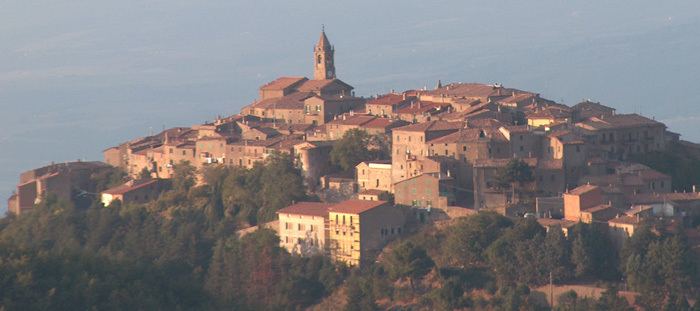 | ||
Monticello amiata lo splendore che la geoenergy vuole profanare
Monticello Amiata is a village in Tuscany, central Italy, administratively a frazione of the comune of Cinigiano, province of Grosseto. At the time of the 2001 census its population amounted to 425.
Contents
- Monticello amiata lo splendore che la geoenergy vuole profanare
- Map of 58044 Monticello Amiata Province of Grosseto Italy
- Giovanni giulia mattia a monticello amiata
- Geography
- History
- Main sights
- References
Map of 58044 Monticello Amiata, Province of Grosseto, Italy
Giovanni giulia mattia a monticello amiata
Geography
Monticello Amiata is about 50 km from Grosseto and 9 km from Cinigiano, and it is situated along the Provincial Road which links Cinigiano to Arcidosso.
History
Originally known as Montepinzutolo, it was mentioned for the first time in an act by Conrad II in 1027. The village became a comune in 1261, but it lost its autonomy in 1783, when it became a frazione of Cinigiano.
Main sights
References
Monticello Amiata Wikipedia(Text) CC BY-SA
